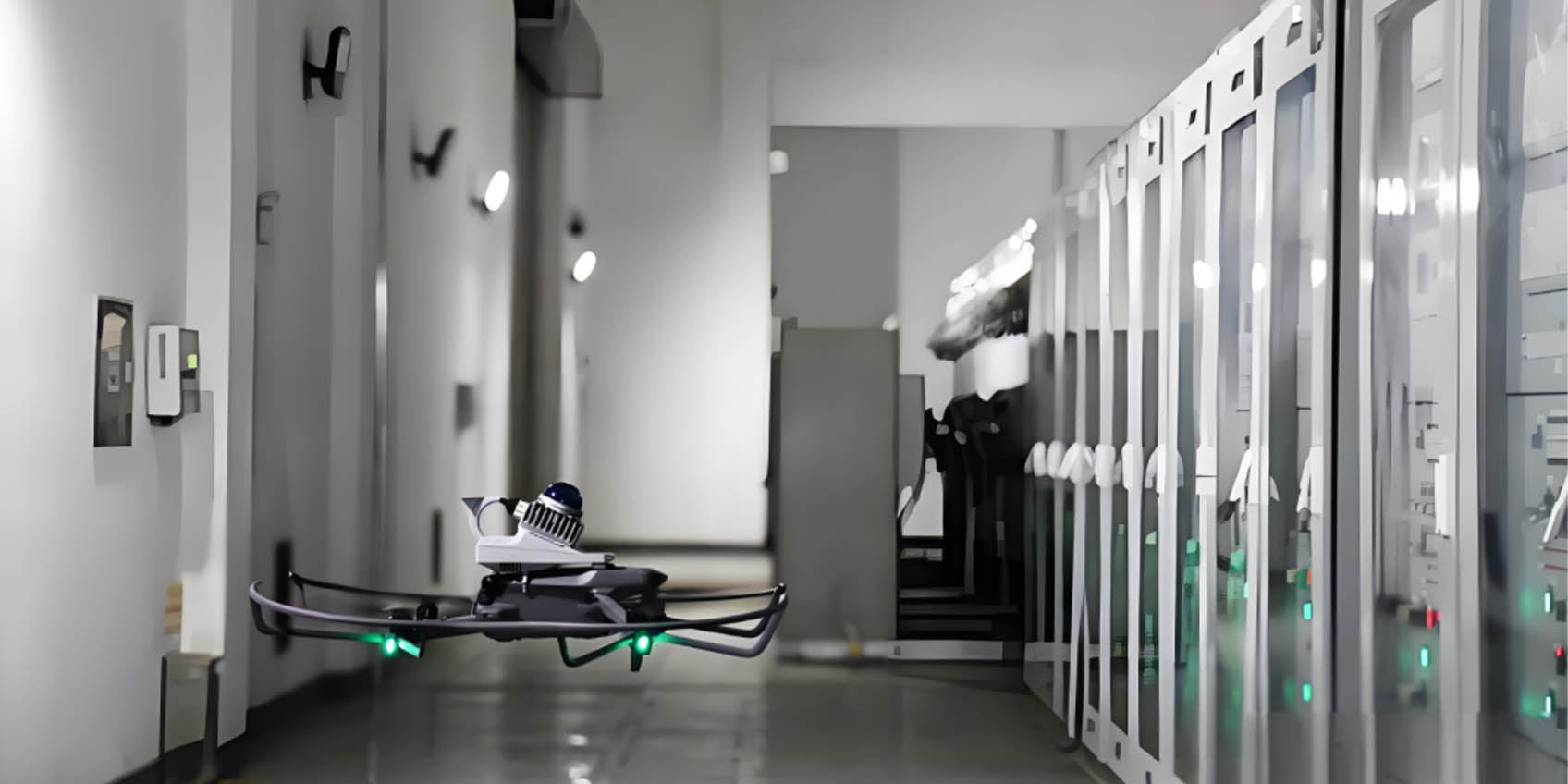Understanding ToF Sensors for Indoor Drone Navigation
(2024年11月22日)A Time-of-Flight (ToF) distance sensor measures the distance to an object by calculating the time taken for light pulses to travel from the sensor to the object and back. ToF sensors typically emit infrared or laser light and use the time delay of the reflected signal to determine the distance. Known for their high accuracy and efficiency, these sensors are widely used in various fields, including robotics, drones, autonomous vehicles, and industrial automation, particularly in complex environments.
As drones find increasing applications in indoor environments like warehouses, malls, factories, and hospitals, they face unique challenges such as constrained spaces, numerous obstacles, and the absence of GPS signals. ToF sensors provide an effective solution to these challenges by enabling precise distance measurement and spatial awareness, making them a critical component for indoor navigation.
How ToF Sensors Work in Indoor Navigation
ToF sensors emit light pulses and measure the time taken for the reflected light to return to calculate the distance to objects. By capturing depth information from multiple points, ToF sensors generate real-time 3D maps or point clouds, enabling drones to detect and avoid obstacles like walls, furniture, and people. This depth-sensing capability integrates seamlessly with a drone’s flight control system, ensuring accurate feedback for autonomous navigation in dynamic and complex indoor environments.

Advantages of ToF Sensors for Indoor Drone Navigation
Accurate Obstacle Avoidance and Navigation
ToF sensors provide precise, real-time depth data to help drones navigate safely around obstacles, including walls, furniture, and equipment.
Unlike traditional sensors, ToF sensors perform well even in low-light or highly reflective environments, ensuring stable flight.
Precise Positioning Without GPS
In GPS-denied indoor environments, ToF sensors generate 3D maps by measuring distances between objects and the drone, allowing for autonomous navigation.
Combined with systems like Inertial Navigation Systems (INS) or Visual Odometry (VIO), ToF sensors improve positioning accuracy for tasks like inventory management or inspections.
Multisensor Fusion for Enhanced Intelligence
ToF sensors can integrate with cameras, ultrasonic sensors, and LiDAR for multisensor fusion, providing comprehensive environmental data.
For instance, pairing ToF sensors with RFID readers in warehouses enables precise tracking of goods, while integration with visual sensors enhances path planning in complex structures.
Adaptability to Complex and Dynamic Environments
ToF sensors’ ability to adapt to changing environments allows drones to adjust routes in real time, ensuring both safety and efficiency in spaces like shopping malls and industrial sites.
Applications of Drones with ToF Sensors
Warehouse and Logistics

Efficient inventory checks, material transport, and automated sorting.
Real-time depth sensing enables drones to avoid obstacles and precisely identify storage locations.
Factory Automation
Automated inspections, equipment monitoring, and production line oversight.
ToF sensors ensure safe flight in tight industrial spaces, enhancing operational efficiency.
Medical and Hospital Use
Autonomous delivery of medications, documents, and supplies.
ToF sensors help drones navigate crowded hospital corridors, avoiding people and equipment.
Security and Surveillance
Indoor security monitoring and anomaly detection in smart buildings.
Real-time 3D mapping allows drones to identify unauthorized entry or unusual equipment movement.
Retail and Home Automation
Navigation assistance for robots in malls and smart homes.
Drones equipped with ToF sensors can guide customers, maintain store operations, or provide real-time monitoring.
Future Development of ToF Sensors in Drones
Enhanced 3D Sensing and AI Integration

Advances in ToF technology will improve distance accuracy and processing speeds.
Integration with AI systems will enhance drones' environmental understanding and decision-making capabilities.
Collaborative Operations
ToF sensors will enable coordination between multiple drones for tasks like simultaneous inspections or cooperative transport.
Miniaturization of Sensors
Smaller, lighter ToF sensors will allow drones to operate in even narrower spaces, increasing their applicability.
Conclusion
ToF sensors are revolutionizing indoor drone navigation by providing precise, real-time depth information and enabling autonomous operation in complex environments. Their applications span industries, including warehouse management, factory automation, medical services, and security monitoring, making them indispensable for the future of autonomous indoor navigation. As these sensors continue to evolve, they will drive innovation in both drone technology and the industries that rely on them.
Synexens 3D Of RGBD ToF Depth Sensor_CS30
BUY IT NOWhttps://tofsensors.com/collections/time-of-flight-sensor/products/rgbd-3d-camera
After-sales Support:
Our professional technical team specializing in 3D camera ranging is ready to assist you at any time. Whether you encounter any issues with your TOF camera after purchase or need clarification on TOF technology, feel free to contact us anytime. We are committed to providing high-quality technical after-sales service and user experience, ensuring your peace of mind in both shopping and using our products
- このできごとのURL:



コメント